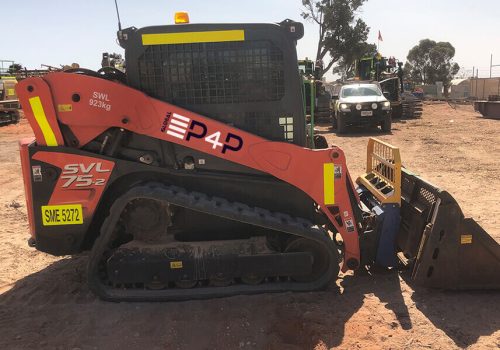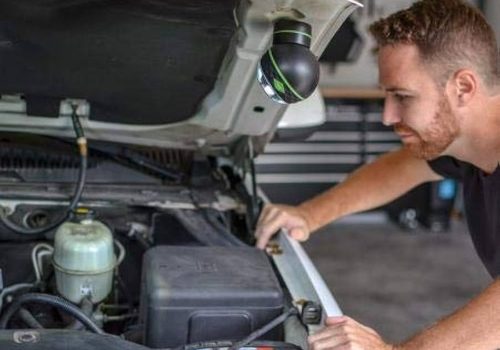Common Causes of Car Roof Leaks: How Worn Seals and Damage Lead to Persistent Problems
One of the most frequent causes of car roof leaks is worn or damaged seals around the roof edges, sunroof, and other openings. Over time, exposure to harsh weather conditions like sun, rain, and snow causes rubber seals to dry out, crack, or shrink. These compromised seals lose their ability to keep water out, allowing moisture to seep inside the vehicle. Regular inspection of roof seals is essential, as even small cracks can develop into significant leaks that damage the car’s interior.
Faulty or Clogged Sunroof Drainage
Sunroofs add style and ventilation to vehicles but can also be a source of leaks if their drainage systems malfunction. Sunroof drains are designed to channel water away from the roof and out through the car’s underbody. However, dirt, debris, or leaves can clog these narrow drain tubes, causing water to back up and overflow into the cabin. A blocked drainage system often leads to water pooling inside the vehicle, especially during heavy rain, resulting in damp carpets, upholstery stains, and unpleasant odors.
Damaged Roof Panels or Body Seams
Physical damage to the roof panels or body seams from accidents, falling objects, or hail can create openings for water intrusion. Even minor dents or cracks can compromise the integrity of the roof, allowing rainwater to penetrate into the car’s interior. Additionally, poorly repaired or rusted body seams around the roofline can also become weak points where water leaks occur. It’s important to address any roof damage promptly, as prolonged exposure to moisture can cause further corrosion and structural problems. Choosing the Auto Repair in Leander, TX based service is essential here.
Improperly Installed Roof Accessories
Aftermarket roof accessories such as roof racks, antennas, or spoilers may cause leaks if not installed correctly. Drilling holes or attaching mounts without proper sealing can create gaps that allow water to enter. Even the smallest unsealed opening can become a persistent leak source during rainstorms or car washes. To prevent leaks, it’s crucial to ensure that any roof modifications or accessories are installed by professionals who use appropriate sealants and weatherproofing techniques.
Clogged or Broken Weatherstripping
Weatherstripping around doors, windows, and roof edges plays a vital role in keeping water out of your car’s interior. When weatherstripping ages, it can become brittle, peel away, or develop holes. These failures allow rainwater to leak into the cabin, causing dampness and potential mold growth. Regular maintenance, such as cleaning and applying protectants to weatherstripping, helps prolong its lifespan. If weatherstripping is damaged, replacement is often necessary to restore a watertight seal.
Conclusion:
Car roof leaks are commonly caused by worn seals, clogged sunroof drains, physical roof damage, improperly installed accessories, and deteriorated weatherstripping. Early detection and repair of these issues are essential to prevent interior water damage and costly repairs. Routine inspection and maintenance of your car’s roof and seals will help keep your vehicle dry, comfortable, and protected against the elements.





